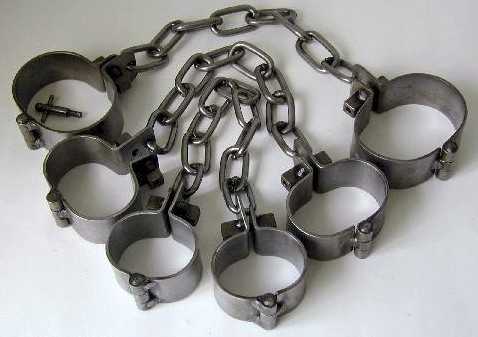FWP:
SETS == MULTIVALENT WORDS ( goyā ); WORDPLAY
BONDAGE: {1,5}
WORDPLAY verses: {1,5}; {4,12x};
{5,7x}; {6,2};
{7,2}; {9,2};
{9,8x}; {10,8}; {13,1}*;
{15,5}**, excellent; {16,4};
{16,5}; {20,3};
{23,1}*; {26,4};
{27,4}; {28,4x}; {29,10x};
{34,3}; {38,4}*, entirely evoked; {41,6};
{41,10x}*; {46,3}*, lāg ; {51,6x}; {53,3}; {53,13x}*; {56,1};
{58,5}; {61,5};
{63,4x}; {64,1}; {64,8x};
{68,7x}; {69,2}*, Nazm scorns it; {73,3x}; {75,2};
{76,3x}, most primitive possible; {81,7x}; {81,10x};
{88,1}; {90,2};
{90,3}*; {91,10};
{92,1}; {95,1};
{96,3}; {97,1};
{97,3}; {98,6};
{98,11}**; {99,3};
{99,10}; {101,8};
{102,2}; {102,3};
{105,1}; {108,1}**;
{108,2}; {108,4};
{108,5}; {108,9x};
{108,11x}; {109,1}**; {109,7x}**;
{111,3}*; {111,8};
{111,9}; {111,10}; {111,11}; {112,6}; {112,8}*;
{113,1}; {113,7}; {113,8}; {113,9}; {114,2}; {114,3};
{114,5}; {117,1};
{117,3}; {117,5x}; {118,3};
{119,2}; {119,10}; {120,3}*, with 'double activation' list; {121,6};
{121,8}; {123,1};
{125,1}; {126,4};
{126,7}; {132,7}; {136,5}; {137,1};
{138,4}*, meaning too; {138,5};
{139,2}; {141,5};
{143,2}; {143,6}**;
{145,6x}; {145,11x}; {146,4x}; {147,2};
{147,3}; {149,5};
{152,1}; {152,2}; {153,1};
{153,7}; {153,9};
{154,1}; {155,2};
{155,4x}; {156,2x}; {157,2};
{157,5}; {157,7}*; {158,4}; {161,1}; {161,9};
{163,8}; {164,6};
{164,10}; {165,2};
{166,2}; {166,7x}**; {167,6};
{169,14x}; {170,4}; {171,1};
{172,1}; {176,5};
{180,7}; {183,5};
{183,6}; {183,7};
{183,8}; {184,4x}; {186,5};
{188,4x}, very explicit; {189,1}; {190,6}**;
{190,10}; {190,11x}; {192,5}, maximal;
{193,5}; {194,2};
{195,1}; {196,6};
{197,3x}*; {200,1}*; {202,1};
{204,4}; {206,3};
{212,4}; {214,1};
{214,8}; {217,2};
{219,4}; {222,1};
{222,2x}; {226,4}}; {226,5};
{227,2}; {228,1}; {230,3};
{234,4}; {234,5};
{234,13} // {241x,2}*; {307x,6}*; {312x,4}; {322x,3}, implicit; {332x,8}*; {335x,3}; {361x,7}*; {389x,6}**; {436x,4}*
For background see S. R. Faruqi's choices. This verse is NOT one of his choices; I thought it was interesting and have added it myself. For more on Ghalib's unpublished verses, see the discussion in {4,8x}.
This is consummately a verse of wordplay. There are body parts: 'head to foot', 'limb', 'limb', 'heart'; the final pāyā also contains another 'foot' [pā]. There's also the expressive interplay of 'thought', 'lamentation' (which involves both thought and speaking), 'speaking', and 'voice'. On the subtleties of goyā , see {5,1}. On the possibilities of yak expressions, see {11,1}.
The speaker is 'bent out of shape' (sorry, sorry) by melancholy;
he is contorted, 'from head to foot' into a 'circle' or 'link'. In addition,
each limb is like a link (of a chain or fetter). Thus his limbs clank and clash together,
making a sound of lamentation. They are all unanimous in making the sound,
and/or they all make exactly the same sound. Is it a 'voice', as if they were
expressing a human lament, or is it just a 'sound', like a groan? The verse
leaves it up to us to decide.

Asi:
In the thought/anxiety of lamentation I have become, so to speak, a circle from head to foot. And like a chain/fetter, every one of my limbs is single-hearted and single-tongued to give voice.
== Asi, p. 54